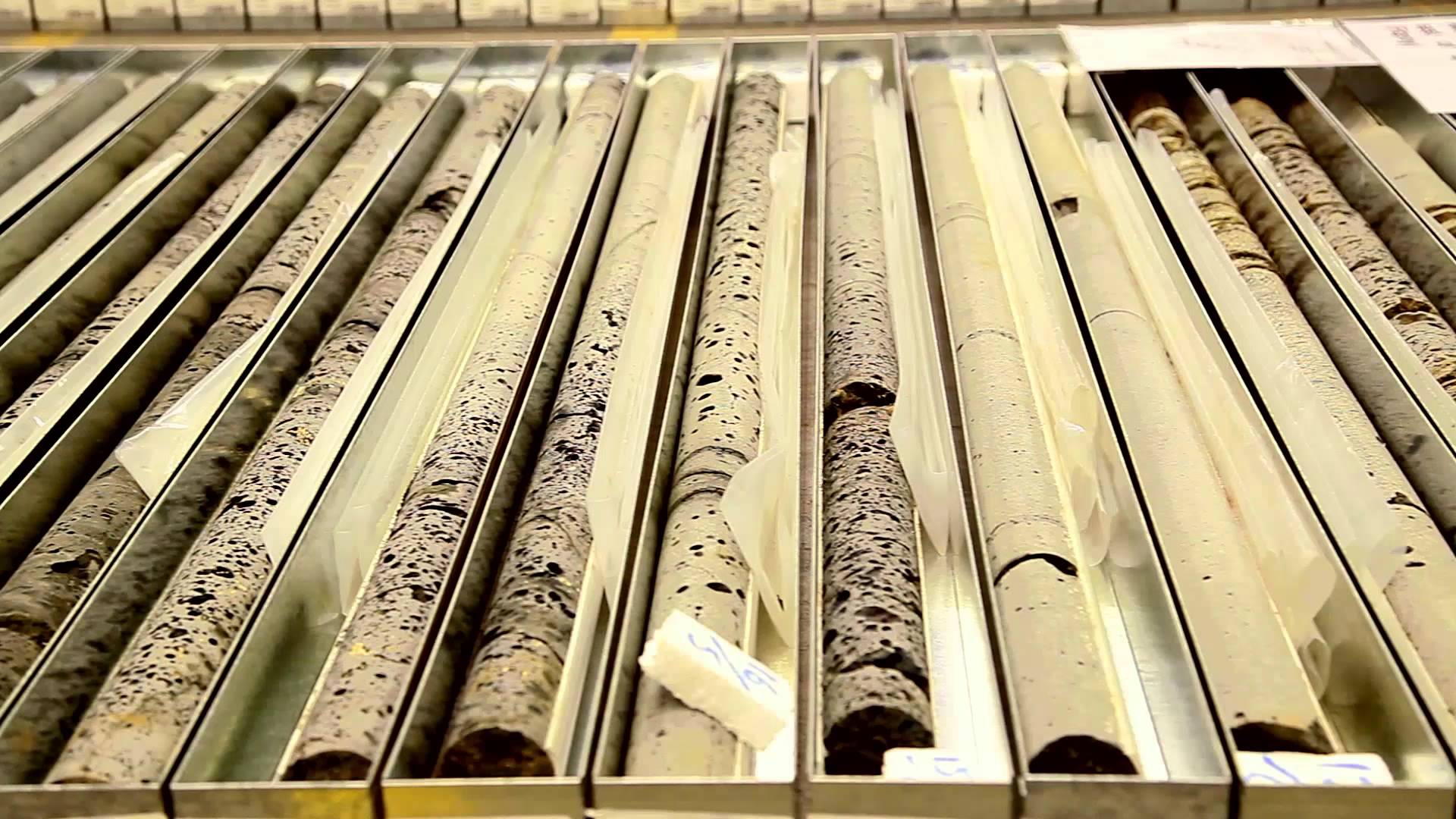
Diamond core drilling uses a diamond bit, which rotates at the end of drill rod (or pipe) .
The opening at the end of the diamond bit allows a solid column of rock to move up into the drill pipe and be recovered at the surface by the help of core barrels which are attached with the diamond bits for collecting core samples.
Standard core sizes are (EX), (AX), (BX) (NX)/NQ AND HX/HQ.
Most drill rods are 10 feet long. After the first 10 feet is drilled, a new section of pipe is screwed into the top end, so the combination of pipes can be driven another 10 feet into the ground.
The diamond bit is rotated slowly with gentle pressure while being lubricated with water to prevent overheating. The drill depth is estimated by keeping count of the number of drill rods.
This method uses rotation of the drill bit with the simultaneous application of pressure to advance the hole. Rotary drilling is the most rapid method of advancing holes in the rock unless it is badly fissured; however, it can also be used for any other type of soil. If this is applied in soils when the sides of the hole tend to cave in, a drilling mud may be used. The drilling mud is usually a water solution of thixotropic clay (Bentonite), with or without other admixtures, which is forced into the sides of the hole by the rotary drill. This provides sufficient strength to the soil so that it maintains the hole. The mud also tends to seal off the water flow into the hole from the permeable water bearing strata.
In this method the hole is advanced, without extraction of core.
This is the method which is used mostly for deep holes, where rock conditions are good. Not used in overburden or fracture strata. In this method core is extracted directly with the help of steel guide from the barrel, no need of removing drill rods. This method is time saving.
Hole is advanced with the help of high pressure air.
Address: # 471 ,GIANI ZAIL SINGH NAGAR ROPAR, Punjab 140001
PHONE : 098720-22759, 094783-90940.